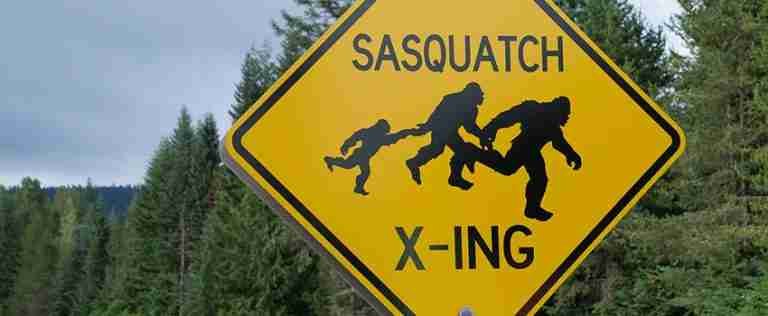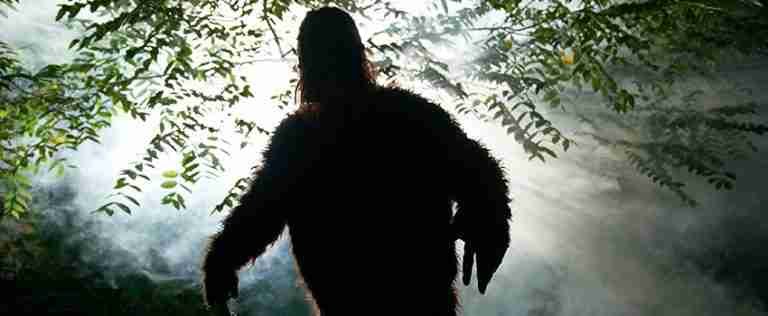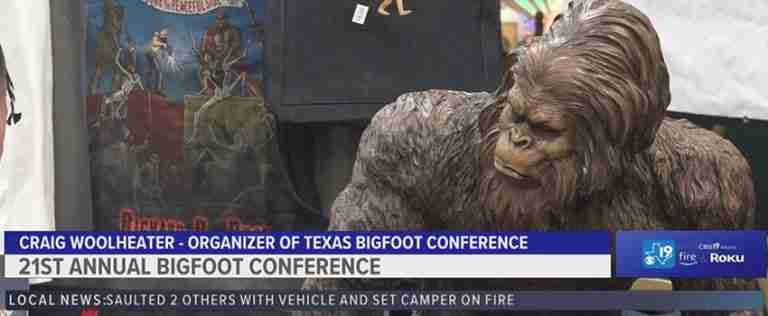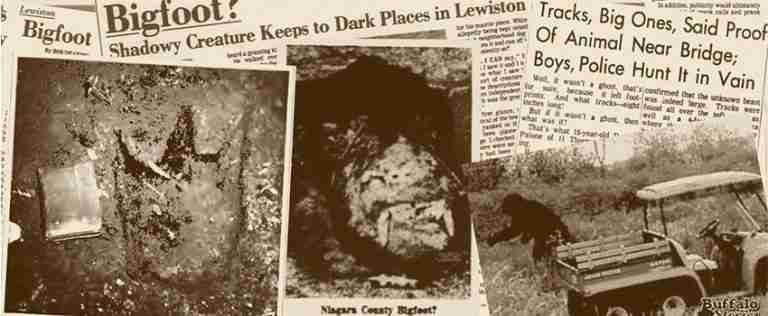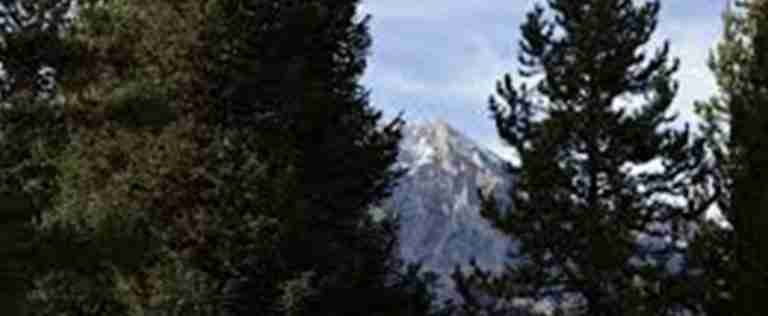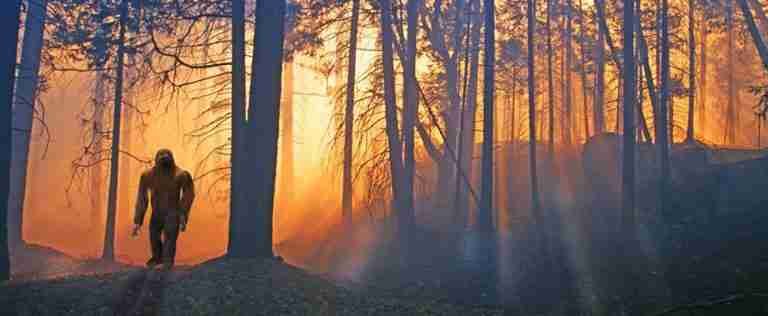Exploring the Most Credible Bigfoot Sightings: Examining the Controversy Surrounding Sasquatch
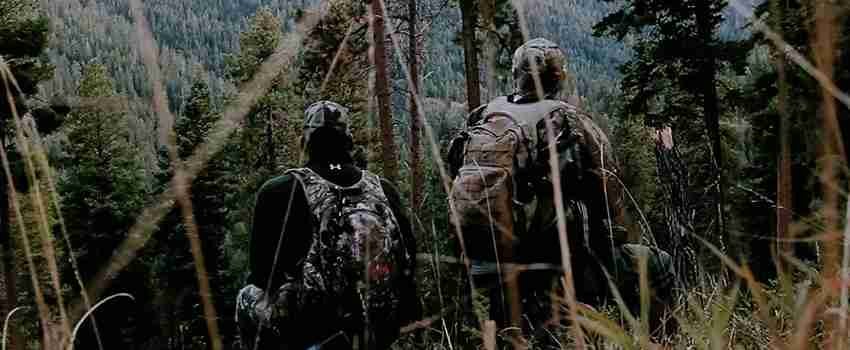
Bigfoot, also known as Sasquatch, is a mysterious creature that is believed to inhabit the forests of the Pacific Northwest region of North America. The creature is described as a large, ape-like being with long arms and shaggy fur, and is known for its strong, musky smell. Despite numerous reported sightings and encounters with Bigfoot, there is still no concrete evidence to prove the creature’s existence.
The enduring mystery surrounding Bigfoot’s existence has captured the imagination of people for decades and has sparked numerous efforts to find evidence of the creature. Many people have searched for Bigfoot in the forests of the Pacific Northwest, using a variety of methods, including collecting hair samples and using thermal imaging cameras.
The purpose of this article is to explore the most credible and compelling Bigfoot sightings that have been reported over the years. By examining the most well-known and controversial sightings, we can gain a better understanding of the enduring mystery surrounding Bigfoot and the ongoing debate about its existence.
The Patterson-Gimlin Film
The Patterson-Gimlin film is a short movie that was taken in 1967 by Roger Patterson and Bob Gimlin in California. The film shows a female Bigfoot walking through the forest and has become one of the most famous pieces of evidence for the existence of the creature. The film has been widely analyzed and has been the subject of much debate among Bigfoot researchers and skeptics.
Many people believe that the Patterson-Gimlin film is genuine and provides compelling evidence for the existence of Bigfoot. The film has undergone numerous analyses, including frame-by-frame analysis, and has been examined by experts in fields such as anatomy and anthropology. Some people believe that the film is authentic because of the detailed anatomy of the creature and the lack of any obvious signs of tampering or hoaxing.
However, there is also a significant amount of controversy surrounding the Patterson-Gimlin film. Some skeptics believe that the film is a hoax and that the creature in the film is a person in a costume. Some people have pointed to inconsistencies in the film, such as the creature’s lack of visible breath in cold weather, as evidence that the film is a fake.
Overall, the Patterson-Gimlin film remains one of the most controversial pieces of evidence for the existence of Bigfoot and the debate about its authenticity continues to this day.
The Skookum Cast
The Skookum Cast is a set of Bigfoot tracks that were discovered in 2000 in the Gifford Pinchot National Forest in Washington state. The tracks, which were cast in plaster, showed a series of large, human-like footprints that were believed to be made by a Bigfoot. The discovery of the Skookum Cast generated significant media attention and sparked much debate among Bigfoot researchers.
Various analyses have been conducted on the Skookum Cast in an attempt to determine its authenticity. Some people believe that the tracks are genuine and provide evidence for the existence of Bigfoot. Others, however, remain skeptical and believe that the tracks could have been made by a person in a costume or could be the result of some other form of hoax.
One of the main challenges in evaluating the authenticity of the Skookum Cast is the lack of concrete evidence. While the tracks show clear signs of having been made by a large, human-like creature, it is difficult to determine the identity of the creature that made the tracks. Some people have pointed to inconsistencies in the tracks, such as the lack of visible toes, as evidence that the tracks are fake.
Overall, the Skookum Cast remains a controversial piece of evidence for the existence of Bigfoot and the debate about its authenticity continues to this day.
The Sierra Sounds
The Sierra Sounds are a series of vocalizations that were recorded in the Sierra Nevada mountains in California in the 1970s. The sounds, which have been described as a series of whoops and screams, are believed by some to be made by a Bigfoot. The discovery of the Sierra Sounds generated significant media attention and sparked much debate among Bigfoot researchers.
Various analyses have been conducted on the Sierra Sounds in an attempt to determine their authenticity. Some people believe that the sounds are genuine and provide evidence for the existence of Bigfoot. Others, however, remain skeptical and believe that the sounds could have been made by a person in a costume or could be the result of some other form of hoax.
One of the main challenges in evaluating the authenticity of the Sierra Sounds is the lack of concrete evidence. While the sounds are distinctive and have been described as resembling the vocalizations of a large primate, it is difficult to determine the identity of the creature that made the sounds. Some people have pointed to inconsistencies in the sounds, such as the lack of visible breath, as evidence that the sounds are fake.
Overall, the Sierra Sounds remain a controversial piece of evidence for the existence of Bigfoot and the debate about their authenticity continues to this day.
The Minnow Creek Incident
The Minnow Creek Incident is a Bigfoot sighting that was reported by a group of loggers in Washington state in the 1970s. The loggers claimed to have seen a Bigfoot while working in the forest and reported that the creature had approached them and made vocalizations. The incident generated significant media attention and sparked much debate among Bigfoot researchers.
Various analyses have been conducted on the Minnow Creek Incident in an attempt to determine its authenticity. Some people believe that the sighting is genuine and provides evidence for the existence of Bigfoot. Others, however, remain skeptical and believe that the sighting could have been the result of misidentification or some other form of hoax.
One of the main challenges in evaluating the authenticity of the Minnow Creek Incident is the lack of concrete evidence. While the loggers reported seeing a Bigfoot and hearing vocalizations, it is difficult to determine the identity of the creature or the circumstances of the encounter. Some people have pointed to inconsistencies in the loggers’ accounts of the incident, such as the lack of visible tracks or other physical evidence, as evidence that the sighting is fake.
Overall, the Minnow Creek Incident remains a controversial piece of evidence for the existence of Bigfoot and the debate about its authenticity continues to this day.
Conclusion: Exploring the Most Credible Bigfoot Sightings: Examining the Controversy Surrounding Sasquatch
The main points of the article have focused on some of the most credible and compelling Bigfoot sightings that have been reported over the years. We have discussed the Patterson-Gimlin film, the Skookum Cast, the Sierra Sounds, and the Minnow Creek Incident, and have explored the controversy and debate surrounding each of these pieces of evidence.
Despite the various analyses that have been conducted on these sightings and the efforts of researchers to find concrete evidence of Bigfoot, the debate about the creature’s existence continues to this day. Some people believe that there is enough evidence to suggest that Bigfoot is a real, unknown species of primate, while others remain skeptical and believe that the sightings and evidence could be explained by other factors.
In the future, it is possible that new discoveries in the field of Bigfoot research could help to shed more light on the creature and its origins. New technologies and approaches may be developed that could provide a more comprehensive understanding of the Sasquatch and help to resolve the debate about its existence. Until then, the mystery of Bigfoot will continue to captivate the imaginations of people around the world.

